In a fast-paced world, mindfulness is emerging as a game-changer for mental sharpness. New data from the American Psychological Association shows that 35% of U.S. adults now practice mindfulness techniques to combat distractions and boost productivity. This surge highlights clarity focus healing, a concept blending clear thinking, concentrated attention, and emotional recovery through mindful practices. As more people turn to these methods amid rising stress levels in 2025, experts say it’s not just a trend—it’s a necessity for maintaining balance in daily life.
Understanding Mindfulness Basics
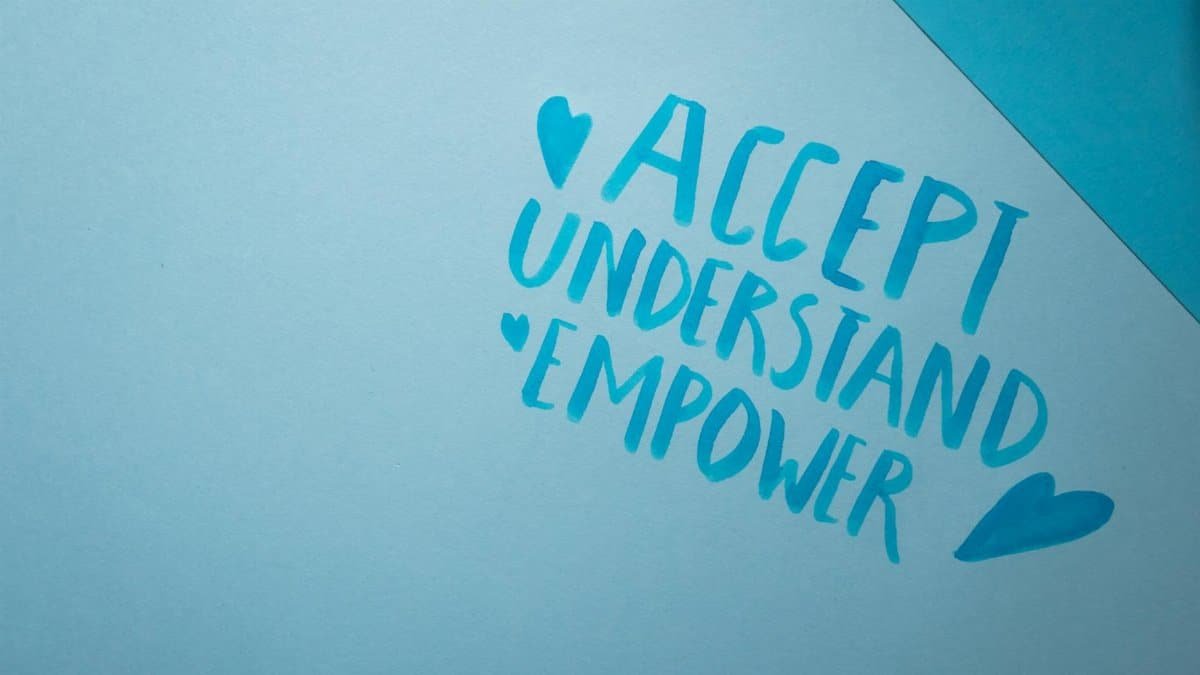
Mindfulness involves staying present and aware without judgment. It’s rooted in ancient traditions but backed by modern science. Studies indicate it rewires the brain for better attention. For instance, regular practice can increase gray matter in areas linked to focus. This foundation supports clarity focus healing by clearing mental fog and promoting sustained concentration.
The Science Behind Focus Restoration

Research from Harvard Medical School reveals mindfulness reduces activity in the brain’s default mode network, which causes mind-wandering. A 2023 study published in the Journal of Cognitive Enhancement found participants who meditated for eight weeks improved focus by 22%. These findings underscore how mindfulness aids in healing scattered thoughts, leading to sharper clarity.
Harvard Health Publishing on Meditation Benefits
Daily Practices for Clarity
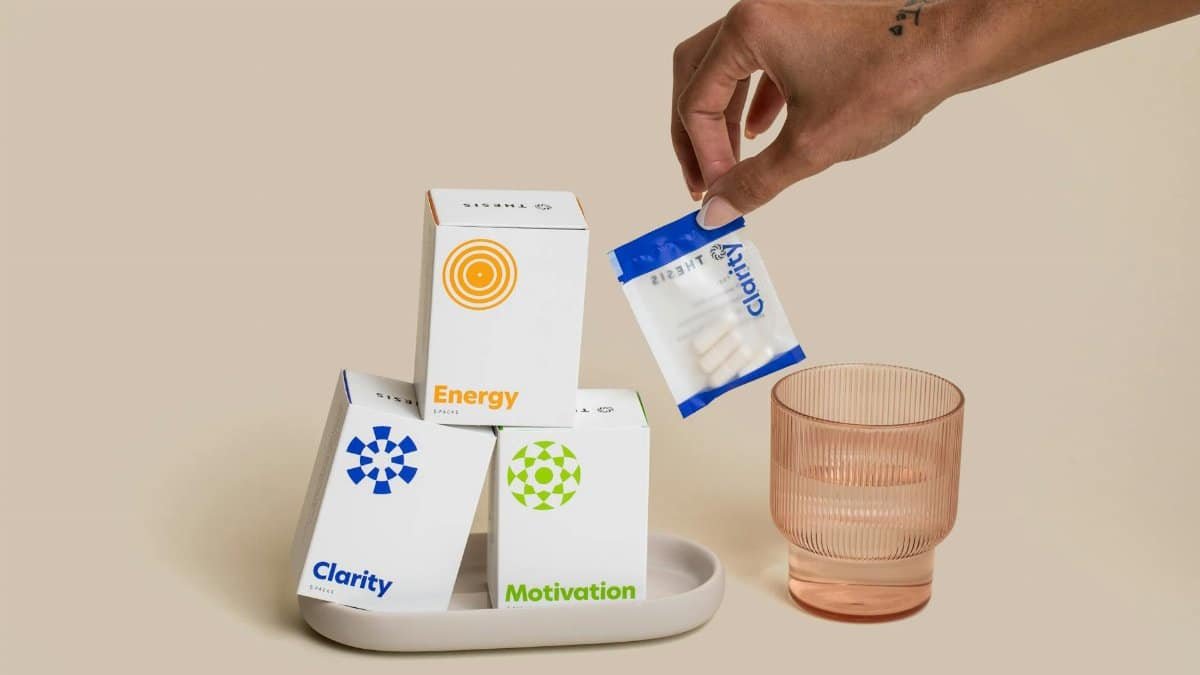
Start small with breathing exercises. Inhale deeply for four counts, hold, then exhale. This simple act grounds you, fostering clarity. Apps like Headspace offer guided sessions tailored for focus. Incorporating these into routines helps heal distractions, making room for productive thinking in everyday tasks.
Overcoming Common Distractions

Digital overload is a major culprit. Mindfulness teaches observation of urges without acting on them. A report from the Pew Research Center notes 85% of Americans feel overwhelmed by information. By practicing mindful pauses, individuals can restore focus and achieve emotional healing from constant interruptions.
Pew Research Center on Information Overload
Impact on Work Performance
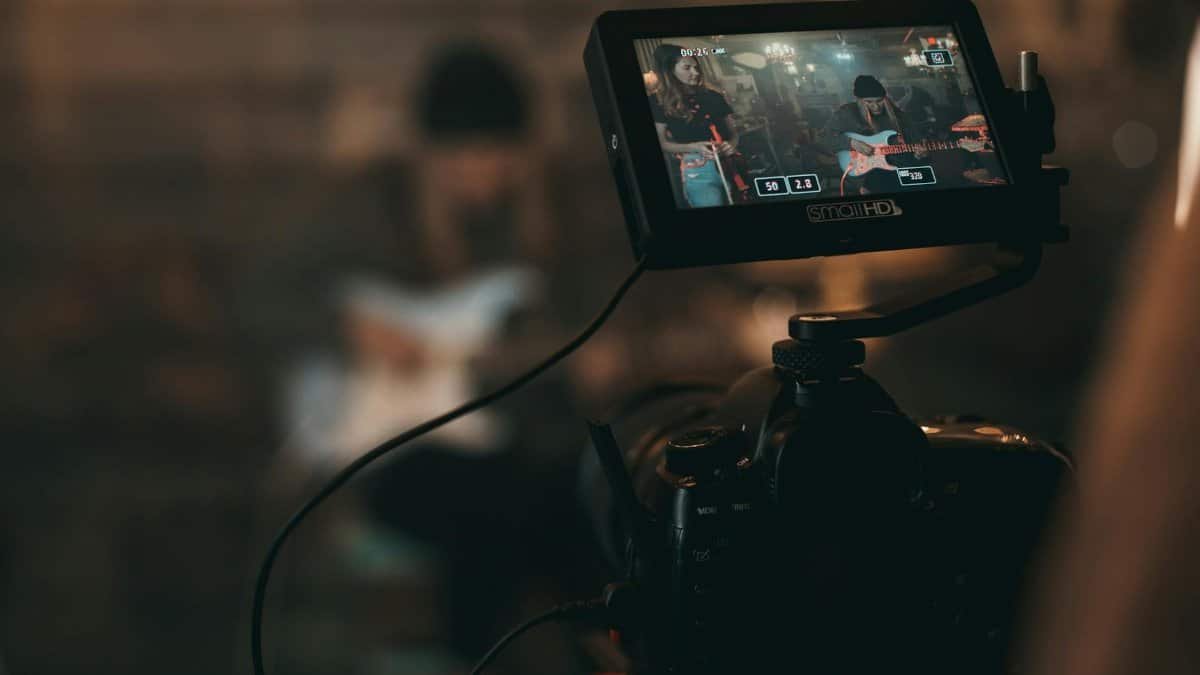
In professional settings, mindfulness boosts efficiency. Companies like Google integrate it into training programs. Employees report fewer errors and higher satisfaction. This ties into clarity focus healing by mending burnout and sharpening decision-making, essential for thriving in 2025’s competitive job market.
Emotional Healing Through Mindfulness

Beyond focus, it addresses inner turmoil. Techniques like body scans release stored tension. Therapists recommend it for anxiety reduction, with evidence from the National Institutes of Health showing decreased stress hormones. Healing emotionally paves the way for sustained mental clarity and focus.
NIMH on Anxiety Disorders and Mindfulness
Integrating Mindfulness into Routines

Make it habitual. Set aside 10 minutes morning and evening. Combine with walking or journaling for amplified effects. Consistency is key, as benefits compound over time, leading to profound clarity focus healing that transforms how you approach challenges.
Real-Life Success Stories
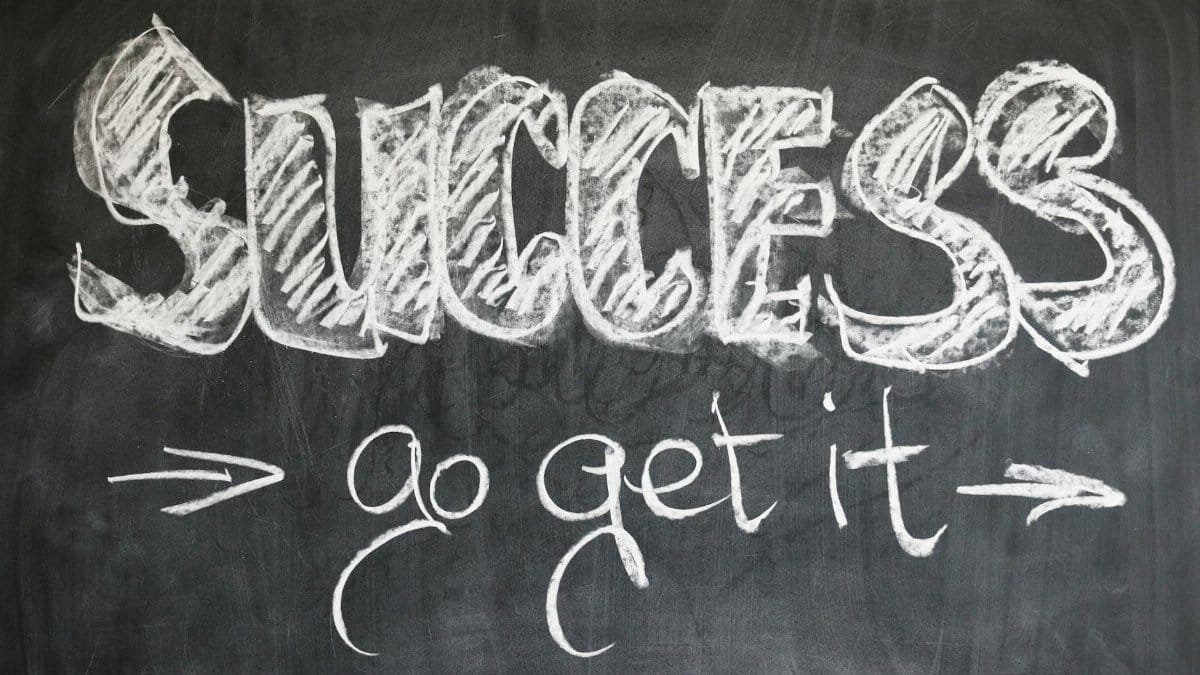
Take tech executive Mark Thompson, who credits mindfulness for doubling his productivity after a burnout episode. “It cleared my mind and healed my scattered energy,” he told Forbes. Such accounts illustrate the practical power of these practices in restoring focus amid modern chaos.
Potential Challenges and Solutions
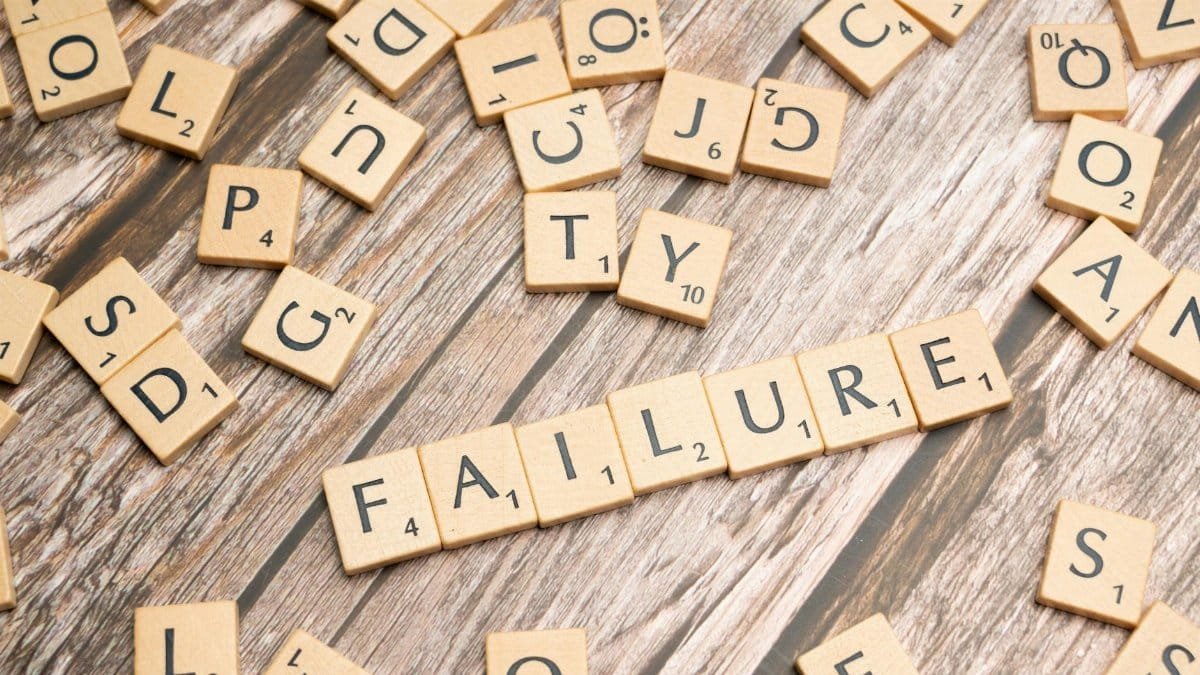
Not everyone finds it easy at first. Restlessness is common. Experts suggest starting with short sessions and using timers. Persistence pays off, as supported by longitudinal studies showing long-term adherents gain the most in focus and healing.
Looking Ahead: Mindfulness in 2025
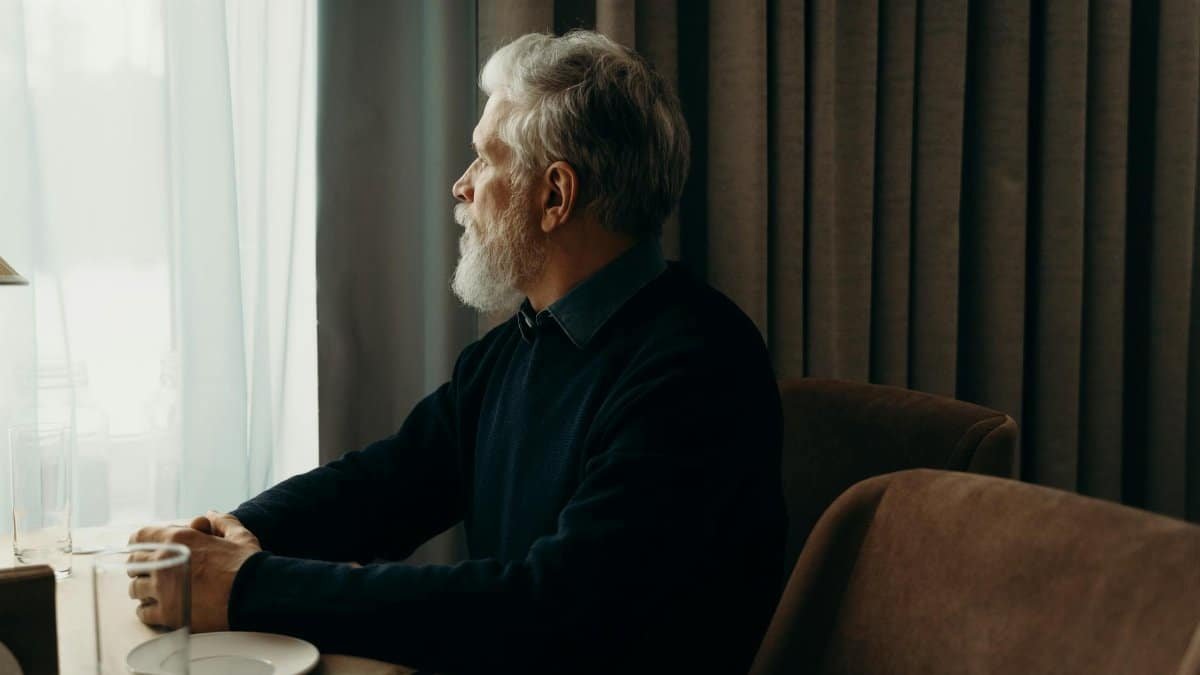
With remote work persisting, demand for mindfulness tools will grow. Innovations like VR meditation apps are on the rise. This evolution promises even more accessible ways to achieve clarity focus healing, helping millions navigate an increasingly distracting world.
